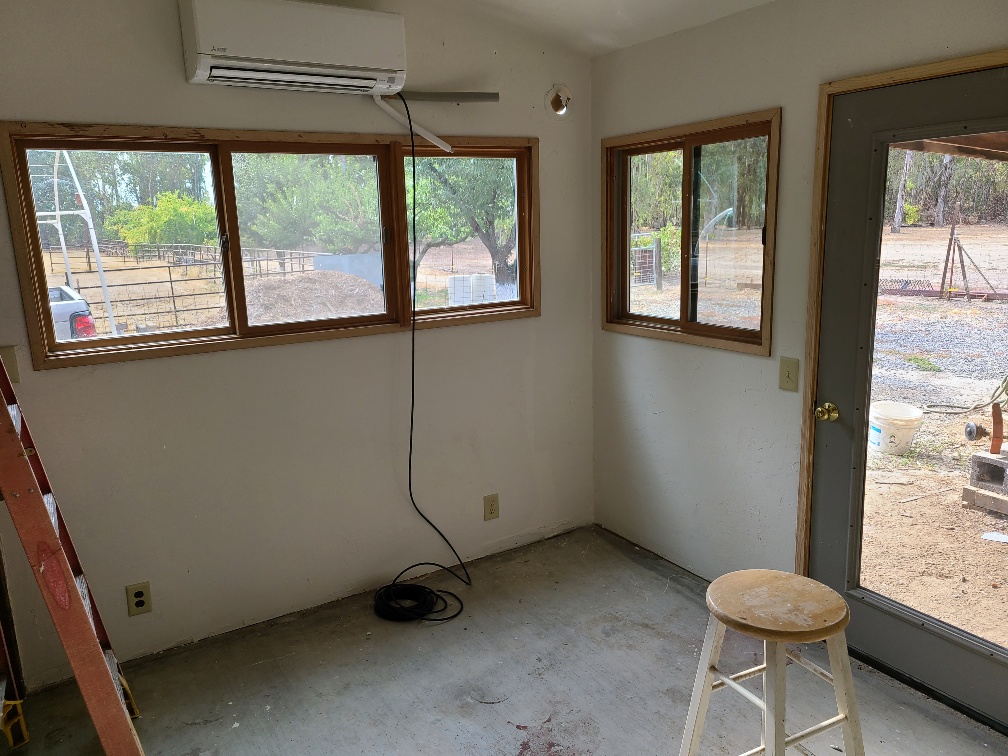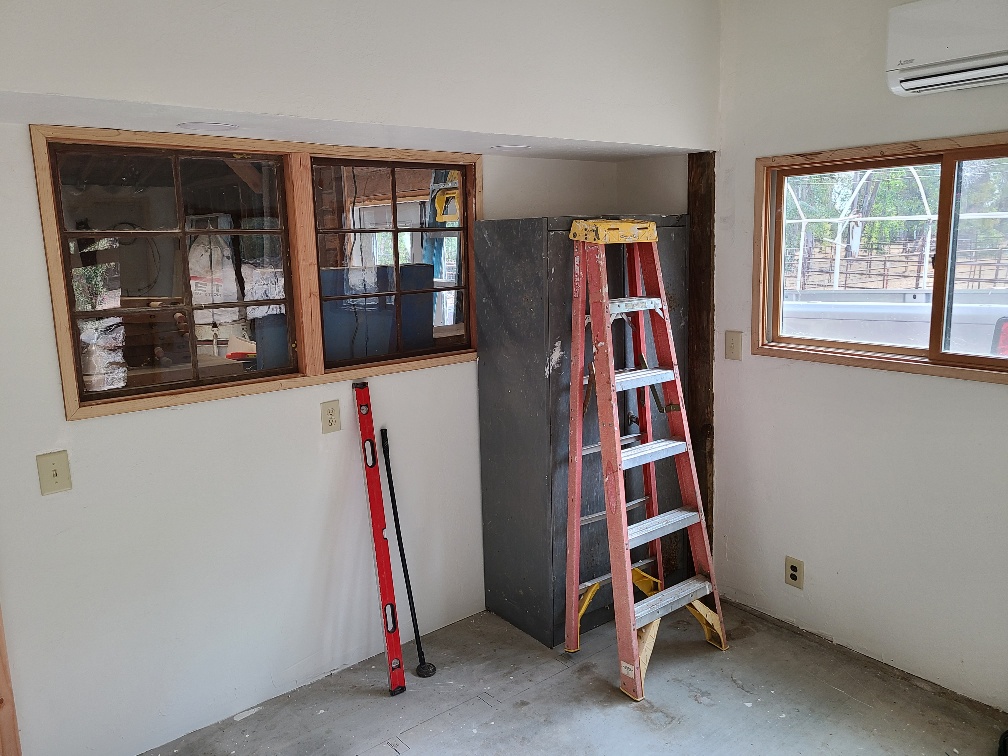I just completed a “little” video project and am writing this as a sort of celebration of completion (I hope). For the past few years I have been presenting a six hour seminar at the System Safety Society’s (SSS) annual conference. The Executive officers decided that a service that we should be providing to our membership includes a series of tutorial/seminars covering some of the more important aspects of the profession. Since nobody was stepping up to this I agreed to do it one time as a kind of “placeholder” of the idea, with the understanding that the SSS would form a team to work on these seminars. I partnered up with a friend, Russ Mitchell, on this project. I developed and presented an introductory class on the technical aspects of the profession, Russ did the same for the management aspects.
Of course, during the intervening year nobody else offered to assist, so we got to do it again and the next conference. This was of concern to me because while I thought my presentation was “adequate” it was by no means representative of the best that we can do as an organization. I threw it together in a hurry because the decision to do this was close to the conference date. Unfortunately, the second version wasn’t much better. Basically it was the same presentation with a few changes to reflect things I had noticed the first time around. I was still presenting to new/novice individuals (after-all it is an introductory course), without the assistance or feedback from our seasoned members. Without critical feedback I essentially did this same as before.
Then it came time for the third year and not only didn’t I get any feedback or assistance, but this time was a “covid year” so it had to be done via zoom rather than as an in-person standup presentation. This new venue demanded several changes to the presentation, but the biggest change was that I recorded it as a zoom presentation. That was pretty good, but it was just slides with me talking in the background. Perhaps it was perfect – since I got no feedback it is hard to know.
This year it happened again, now it seems to have become “my” presentation! It was supposed to be the Society’s presentation, representing the desires and directions of the Society as a whole. Instead, it is now just whatever I want it to be. Not a good situation. However, I decided to attempt to “spiff it up” a bit and use an actual video camera instead of the zoom camera, and edit the presentation using a video editing suite in the hopes of making it run smoother – giving me the chance to stop, go back, reshoot etc. I put the camera far enough away so that I could stand or sit on a stool during my delivery. I shot myself against a green screen, and put the slides, photos and video clips in a box next to me in post production (I overlaid the various parts five layers deep – the background, the slides, the header icons, the footer icons, and myself.) I don’t know if it made it any better, but it was a more interesting project to me.
My first “studio” was intended to be the pottery studio I had just finished building for my wife. I has good lighting an appropriate blank wall to shot against. However, the AC hadn’t been installed yet and therefore the room got pretty warm in the Sacramento Valley summer. So hot that I was quickly drenched in sweat – totally unsuitable for presentation purposes. I therefore moved to a room in the house that has air conditioning. Much better, but I had to install so many lights that I still could only go for about 30 minutes before becoming visibly wet. That was alright, it limited my “on screen” time to something more tolerable. I ended up spending several days setting up the space to get the green screen correct, placing the camera, testing the audio, moving production lights around to get them right and that sort of thing.
As usual, the shooting of the raw material is the quick and easy part. It is the editing, blending, adjusting in the video program that burns up hours. I have done this a few times in the past for some little “travel logs” of places we have visited. I find that it takes about an hour of editing for each minute of finished product. I would take more to get it really “right” (and would usually take some reshooting of things that I didn’t get quite right but wished I had). Since I had six hours of material, at that rate it would take me 360 hours of editing – not in my preferred schedule. So I took the route of making a pretty rough video and only spent about 15 minutes per minute (about 80 hours). I came out “ok” – but not what I would have liked to do. I guess I could have saved a lot of time by just giving it “live” in zoom.
The good part is that I am done. An even better part is that my current opinion is that I won’t do it again next year – they can just replay this video. Of course, what is going to happen and we will have a live conference and I’ll end up giving it live again. But in the mean time we can use it for an on-line webinar. Who knows, maybe we can even charge for it and make a few bucks to support the desperately poor SSS. Almost all of our income comes from the annual conference, and the last two years of zoom conferences really depleted our resources. I am afraid that the Society will dissolve if we don’t find some better ways to get some income – soon. This webinar was my attempt at doing something along those lines. Hopefully it will work, but probably it won’t. Anyway, I finished the project in a rather amateurish way, but had fun and learned a lot along the way.

